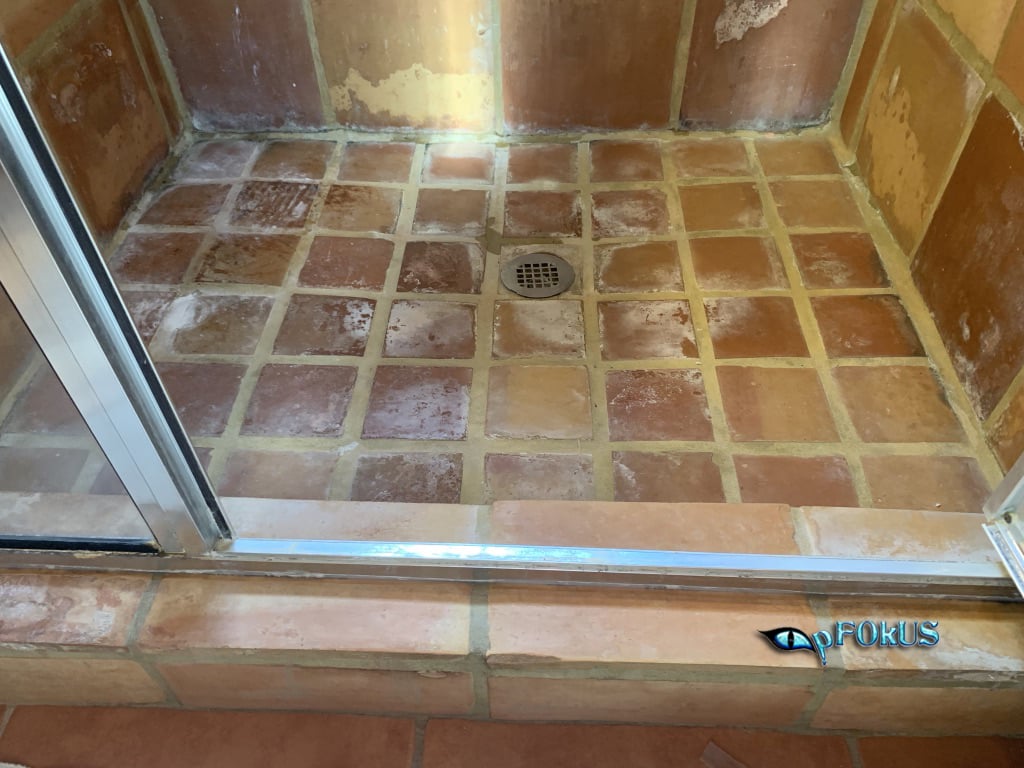Protecting Against Water Damage in the Bathroom
Protecting Against Water Damage in the Bathroom
Blog Article
Everyone will have their private opinion in relation to How to Prevent Bathroom Water Damage.

The bathroom is very susceptible for wet build-up and prospective water damage as a result of the frequent use water in it. This short article offers basic inspection methods to help finding water damage dangers.
The frequent use water in the bathroom makes it exceptionally susceptible for wet build-up and also prospective water damages. By examining it regularly, you can minimize water related problems.
The adhering to set of examinations is easy to do and must be done once in every three months in order to maintain your restroom healthy and to avoid possible water damages triggered by the bathtub, the shower, pipe joints and also plumbing, sinks, cabinets, as well as the commode
Do not overlook doing these assessments and be extensive while executing them. Remember that these easy assessments can conserve you a lot of cash by offering very early indications for water damage
Bath tub and Shower
The shower as well as bath tub need unique attention as well as upkeep. Examine the ceramic tiles and also replace if broken. See to it that there is no missing grout in between the tiles. Check and also replace broken caulking at joints where the wall surfaces fulfill the floor or the tub. Obstructed drains as well as pipelines troubles will avoid the bath tub from drying and might show serious problems underneath the tub. Speak with a professional immediately to stop architectural damage. Take note of discolorations or soft areas around the bath tub wall surfaces as they may indicate an internal leakage.
Plumbing
Signs for water damage are hard to detect since the majority of pipelines are mounted inside the wall surfaces.
Pay special interest to flooring and wall surfaces dampness and also spots as they may indicate an invisible plumbing trouble. Examine wetness levels in adjoining rooms too.
Sinks and also Cabinets
Sinks as well as cupboards are exposed to moisture and also moisture everyday and are often forgotten. Examine routinely under the sink and on the kitchen counter above it. Repair any kind of drip in the catch as it may suggest drainpipe issues. Take a look around the sink, slow draining pipelines might indicate an obstructed drainpipe. Change sink seals if they are fractured or loose.
The Toilet
The commode is a prone water junction. Examine the water lines as well as search for leakages around the bathroom seat, in the hose, and also under the water storage tank. If you spot any type of signs of dampness on the floor around the toilet, look for leaks in the toilet edge as well as tank seals.
Realize that hanging bathroom bowl antiperspirants increases the opportunities for blockages.
Water Damage Signs In The Bathroom To Avoid Cleanup
Musty smell
This is one of the easiest signs to catch because musty smells are so odorous. The damp, earthy, moldy smell should be a big red flag. The smell will develop when moisture gets trapped in surfaces, and begins to facilitate mold growth. Leaking pipes under cabinets, inside walls, and behind shower fixtures will cause moisture to stay trapped and not dry, which will lead to mold growth and spread. As soon as you notice any musty smells in your bathroom, have it checked for hidden water damage and cleanup signs.
Visible mold
If the smell isn’t there to give it away, sometimes you will actually see mold growth. Finding mold in your bathroom is a serious problem, because mold is very harmful to your health. By the time mold growth is visible, it also means that water damage has already occurred and been present for some time. The only way the mold problem can be resolved is to find the source of the moisture and get it stopped. To safely and adequately remove mold, you need to have professionals handle the remediation. Do not waste any time in getting mold problems addressed, fixed, and sanitized so that you can protect you and your family from the many respiratory symptoms caused by mold exposure.
Damaged floors
Bathroom floors should be able to withstand some exposure to water while still remaining in good condition. However, when excess exposure or water leaks occur, they will begin to damage even the most water-resistant flooring. If you notice any cracking, bubbling, staining, or warping on your bathroom floors, there is probably a water leak somewhere causing the distortion. If you notice areas of the floor have become softer, or even have a spongy feeling, there is probably damage to the subfloor. Subflooring is typically made up of plywood. When plywood is exposed to water or moisture, it will absorb it. Once it has become saturated, the weight of the excess water will cause the wood to swell and soften. Check the floors in your bathroom frequently to catch any of these sings before they lead to damaged subflooring.
Changes on walls
When water leaks behind walls, it will cause changes in the drywall. Peeling plaster, blistering paint, and soggy wallpaper are all good indicators that excess water is building up behind the wall. Water leaking behind drywall will cause it to swell and be soft to the tough. If you start to notice gaps along the trim of your walls, or where tile meets the wall, it could also be a strong indicator that there is a leak behind the wall. Any changes, distortion, or damage on the walls should be evaluated as soon as you notice it to prevent further water damage and cleanup.

I was made aware of that editorial on Preventing Water Damage in the Bathroom through an acquaintance on another domain. In case you appreciated our blog posting please make sure you remember to pass it around. We love reading our article about Common Causes of Water Damage in a Bathroom.
This Website Report this page